HR KPIs are a particular type of Key Performance Indicator. In this case, they are not applied to the most common areas (marketing and sales) but to the broad spectrum of human capital management, which, as you know, goes far beyond recruitment processes. Keep reading this post to find out more.

What are HR KPIs?
As mentioned, these tools help HR managers do their jobs more effectively and, above all, efficiently.
To know where we are going and which way we are going, find out when we have lost our way and what awaits us at each point along the journey, we need clear signs that tell us quickly and objectively. This also applies to the many tasks performed by people management departments. That’s what HR KPIs are for.
HR KPIs must be able to target what we need to know to make the right decisions that allow us to move forward. If we have to evaluate, we evaluate, but evaluating for its sake is a waste of time (among other resources). In other words, knowledge does not take up space, but information takes up resources when it is obtained, processed, and communicated. Therefore, companies cannot afford to use HR KPIs that do not provide them with updated and concrete information. They need to refine their indicators to analyse the needs and characteristics of the people who are part of the company and those who could join it in the future.
Improving processes is the primary means to improve results. It can be done in an improvised way. Still, it is better to do it by considering concretely and explicitly what objectives we are pursuing (results) and which indicators will show that we have achieved them.
Don’t miss the HR Trends expected for 2022.
Key features in HR KPIs
1. Specific
HR KPIs should be able to collect interesting but manageable information. This would allow HR managers and decision-makers to quickly access the information they need at any given time, leaving the rest of the data of interest aside for when it is required.
2. Easy to interpret
Time is not just time: it is valuable- value in the form of energy and expense, process agility, and the need for efficiency. That is why it is essential for the success of any people management strategy to have HR KPIs that are easy to interpret, not structured as a bunch of data that is ultimately impossible to decipher, and, therefore, inefficient.

3. Diverse
HR KPIs must be able to cover as many areas of the HR field as possible. It should not be limited to purely recruiting staff but should extend to assessing the work environment, motivation, internal reputation of the company, and inbound recruiting.
4. Significant
HR KPIs must work to minimise the amount of informational clutter they provide and maximise the amount of information of interest to managers and decision-makers.
Examples of HR KPIs
To design HR KPIs, it is essential to ask a question as a starting point. That question is not what we are going to measure, but what we need to know. They seem to be the same question, but the nuances are important.
It is not about knowing for the sake of knowing, but knowing for a reason: in the case of HR KPIs, the approach that will guide implementation is to be clear about what we need to know, for example, to attract the best talent, develop it and retain it in the team. What is the work environment employees experience, what are the risk factors that threaten it, and what impact are they already having on that work environment? How to provide the human beings who make our project possible with the best employee experience from the moment they meet us until they have their exit interview.
This is just for starters: we are so complex in our particular needs and characteristics that the world of HR KPIs is always susceptible to evolution, also within our methodology of caring for people.
What are the most important KPIs in Human Resources?
As previously explained, KPIs in Human Resources are indicators of execution, compliance, or performance that guide improving processes within a company, in this case, within the field of people management. Here are three prime examples of these key indicators.
1. Staff satisfaction
It is about knowing employees’ satisfaction level with their experience and participation in the company. However, we must remember that the employee experience has different aspects, so employees may be satisfied with some and not with others.
Therefore, when measuring employee satisfaction and using that information in decision-making processes, we must consider employee satisfaction and what particular aspect of their experience we measure.
Two complementary HR KPIs could be the rate of internal referrals that result when a vacancy arises (instead of posting an offer, the company uses its own staff’s network of talented contacts) and the rate of medical leaves due to mental health problems such as anxiety, stress, or depression.
2. Duration in the company
This is commonly known as the staff turnover rate or index within a company and is calculated by comparing the number of new hires and the number of employees who leave the company in a given period. This KPI is fundamental to HR work and provides valuable information on the company’s reputation, the efficiency of onboarding processes, and the KPI we mentioned earlier: the level of employee satisfaction. The turnover rate within the company can be examined, in turn, in light of other HR KPIs such as the rate of absenteeism in the company or the cost and duration of recruitment processes.
3. Work incentive efficiency
One of the main tasks within a Human Resources department is to implement an efficient and useful strategy of work incentives, social benefits, and emotional pay to strengthen employee rewards for their work and improve their satisfaction with the company.
These types of incentives have been administered in the workplace for decades. Still, deciding which ones are most appropriate evolves over time, especially if attention is paid to changes in staff members’ particular characteristics and needs. For this reason, HR managers must consider this KPI when implementing measures to increase work motivation and talent retention within the company.
HR Trends in 2024
The main HR KPIs are always in place in all companies. However, HR managers should pay attention to the trends in their field at the beginning of each year. This can help them design and evaluate the OKRs they set for themselves as HR managers. In fact, some of the OKRs for HR managers that will be the most trend-aligned by 2023 are the following four
| HR Trends 2024 | Description |
|---|---|
| Improve cohesion of distributed teams | Large companies have departments that do not always share the same physical space or schedules. It is essential to coordinate them properly. |
| Optimise interdepartmental communication | Internal communication is a powerful working tool within any company, but it must be efficient and constructive to facilitate the completion of tasks. |
| Increase the team’s emotional competence | More and more employees are becoming aware of the importance of healthy relationships, self-care skills, and knowledge of their own emotional world. HR departments will pay attention to this area during 2024. |
| Enhance psychological well-being care strategy | One thing that no company wishing to stand out can do without any longer is a professionalised strategy for the complete care of the psychological well-being of its employees. It will not be missing from any major HR manager’s OKR list in the coming months. |
” (Ifeel) adapts perfectly to the dynamics and geographical distribution of our team, offering a flexible service with multiple options according to individual needs and in the native language of each team member. This is essential when looking to optimise communication in a diverse and globalised working environment.”
– Interview with Lisa Porres, Chief People Officer at Spotahome
HR KPIs in global organisations
In large organisations, HR plays a key role in managing a wide range of functions that are essential to the effective functioning of the business. In these environments, HR professionals are responsible for attracting and retaining the best talent, while fostering a diverse and inclusive workplace. They also monitor compliance with labour laws and regulations, safeguarding the organisation from legal risks.
In addition, HR departments in large companies often use advanced technology and data analytics to improve decision-making and overall employee satisfaction and productivity. LinkedIn highlights the contrast with smaller businesses, noting that large corporations utilise sophisticated analytics to drive decisions and strategic changes, supporting sustainable growth and competitive advantage in a dynamic global market. As the workforce and workplace dynamics continue to evolve, HR’s role becomes increasingly strategic, acting as a bridge between management’s vision and employees’ needs.
Check out the following resources than can help you streamline various HR processes:
- Guide to embedding a DEIB Strategy in your corporate culture
- HR AI Implementation Strategy
- A guide to boost your talent strategy

The leading mental well-being solution
At ifeel, we know that work should not disrupt people’s well-being. Our team of psychologists, experts in well-being at work, has created a mental well-being solution for companies that positively impacts talent retention, reduces absenteeism, and combats employee stress.
In our Resources section, you will find helpful material, such as podcasts, HR guides, or interviews with HR managers. In addition, we have a Psychosocial Risk Factors Template, which you can use to comply with the requirements of the Labor Inspection.
Thanks to our mental well-being solution, your company’s HR managers can receive personalised, data-driven advice on improving the psychological well-being of their teams. In addition, this program offers employees a 360° mental health care service structured at different levels according to their needs. Try our program today to see how it could help you.
We hope you found this post about HR KPIs interesting. If you would like more information about our mental well-being solution for companies, request it, and we will contact your team as soon as possible.
What are HR KPIs?
These are qualitatively and quantitatively defined indicators that HR managers and their teams use to evaluate different aspects of work and life in the company.
What are HR KPIs for?
They provide the managers of this department with objective signals that allow them to make decisions regarding the prevention of psychosocial risk factors, recruitment, improving the team’s quality of life, or increasing employee motivation, among other aspects.
Which KPIs must be used in Human Resources?
Although there are always basic aspects of the workforce that the HR department must measure, each company must find the KPIs that best allow it to analyse the characteristics and needs of its employees in order to make decisions about their well-being.
Is a KPI the same as an HR OKR?
They are closely related but not the same thing. A KPI is an indicator, such as a pointer describing an important aspect of the company. An OKR is an objective, i.e. a goal that the company sets itself and which will include indicators so that the level of success of an action can be monitored.










